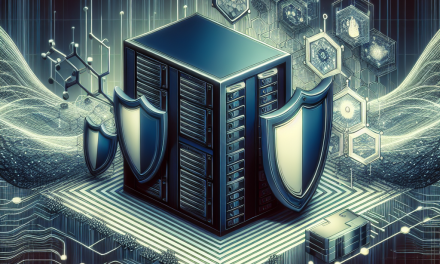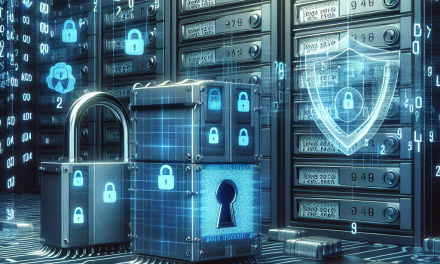Managing a Linux server involves the responsibility of maintaining system availability and reliability. One critical aspect of this is handling system crashes. Kernel crash dumps provide valuable insights into what went wrong, aiding in troubleshooting and preventing future issues. This article will guide you through the process of configuring secure kernel crash dumps on Linux servers.
What Are Kernel Crash Dumps?
A kernel crash dump is a snapshot of the system’s memory at the time of a crash. When the Linux kernel encounters a critical error, it can write this memory data to a file, allowing administrators and developers to analyze it later. This debug information is essential for diagnosing hardware failures, software bugs, or other issues.
Why Secure Kernel Crash Dumps?
Securing kernel crash dumps is crucial because:
- Sensitive Data: Crash dumps can contain sensitive information, including passwords and user data.
- Compliance: Organizations may need to adhere to regulatory standards that mandate the protection of sensitive information.
- Integrity: Ensuring that your crash dump files are tamper-proof is essential for accurate post-mortem analysis.
Prerequisites
Before configuring kernel crash dumps, ensure you have the following:
- Root access to your Linux server.
kdumpandcrashutilities installed. These tools are usually included in the default kernel package.- Sufficient disk space or a remote server to store dump files.
- Basic knowledge of editing system configuration files.
Step-by-Step Configuration of Secure Kernel Crash Dumps
Step 1: Install Required Packages
Make sure the kexec-tools package is installed on your system. You can do this by running:
bash
sudo apt-get install kexec-tools
sudo yum install kexec-tools
Step 2: Enable and Configure Kdump
-
Edit the Kdump Configuration: Open the
/etc/kdump.conffile and configure settings as needed:bash
sudo nano /etc/kdump.conf-
Specify the dump location: Decide where to store the dumps, either locally or remotely.
bash
path /var/crash
-
Enable compression to save space:
bash
compress
-
-
Modify Grub Configuration: Update the GRUB configuration file (
/etc/default/grub) to include kernel parameters that enable kdump. Specifically, add or modify theGRUB_CMDLINE_LINUX_DEFAULTline:bash
GRUB_CMDLINE_LINUX_DEFAULT=”quiet splash crashkernel=auto”The
crashkernel=autoparameter allows the kernel to reserve memory for capturing crash dumps automatically. -
Update GRUB:
After editing, apply the changes:
bash
sudo update-grubsudo grub2-mkconfig -o /boot/grub2/grub.cfg
Step 3: Start Kdump Service
Enable and start the kdump service:
bash
sudo systemctl enable kdump
sudo systemctl start kdump
Step 4: Verify Configuration
To validate that kdump is active and correctly configured, use:
bash
sudo systemctl status kdump
You should see an active status. Additionally, run the following command to check kernel parameters:
bash
cat /proc/cmdline
Step 5: Test Kdump Configuration
To ensure your kdump setup is functional, you can trigger a manual crash. WARNING: This will crash your system!
bash
echo c > /proc/sysrq-trigger
After rebooting, check if the crash dump file was created in your specified dump location.
Step 6: Secure the Dump Files
To secure dump files containing sensitive information:
-
Set Permissions: Change the permissions for the dump files:
bash
sudo chmod 600 /var/crash/* -
Encrypt Dump Files: Utilize tools such as
gpgto encrypt crash dump files:bash
gpg -c /var/crash/dumpfile -
Backup Securely: If you store dumps remotely, ensure your method of transfer (e.g., SCP, FTP) uses secure methods (SCP/SSH).
Step 7: Configure Automatic Cleanup (Optional)
To prevent disk space issues, you might want to set up a cron job for regular cleanup of old dump files. You can add a cron job by:
bash
sudo crontab -e
Add this line to delete dumps older than 7 days:
bash
@daily find /var/crash -type f -mtime +7 -delete
Conclusion
Configuring secure kernel crash dumps can significantly enhance your server’s reliability and security posture. By following the steps outlined in this article, you ensure that your crash dump files are properly managed, secured, and ready for post-crash analysis.
Regularly review and upgrade your procedures, adapting to new security challenges and compliance requirements. With a robust crash dump configuration, you’ll be better prepared to handle incidents when they occur, resulting in a more resilient Linux environment.





